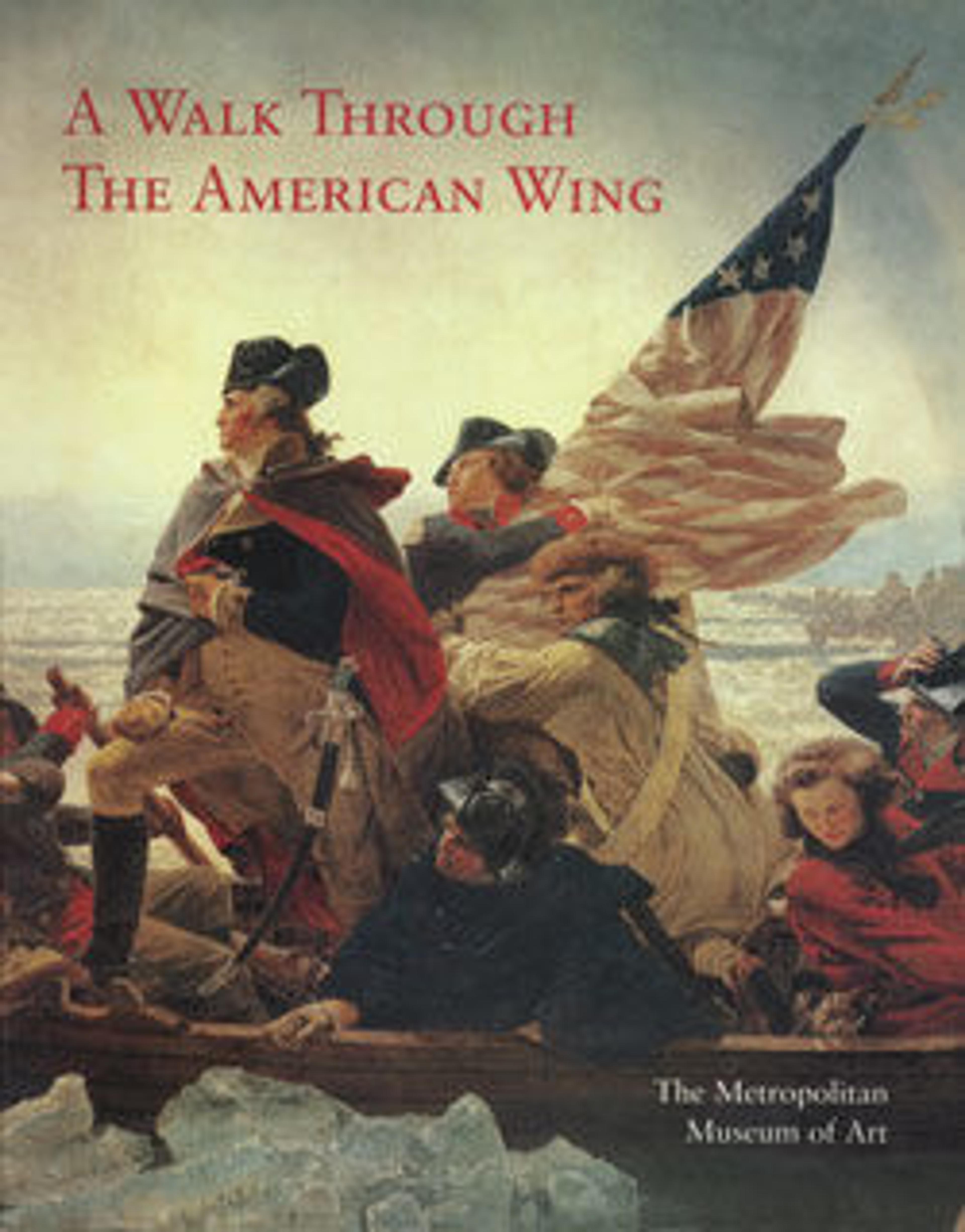The Babes in the Wood
Crawford derived the subject for this sculpture from an old English ballad of the same title, which describes the abandonment and death of an orphaned boy and his younger sister. Clasped in each other’s arms on the floor of a forest, they pass serenely into eternal slumber—a state underscored by their tranquil features. The painstakingly carved leaves and acorns allude to the part of the story in which a robin covers the children with foliage as a substitute for a proper burial. The poignant group is an example of Victorian attempts to soften the anguish of death by treating it with bittersweet sentimentality.
Artwork Details
- Title: The Babes in the Wood
- Artist: Thomas Crawford (American, New York 1813?–1857 London)
- Date: ca. 1850, carved 1851
- Culture: American
- Medium: Marble
- Dimensions: 17 x 49 x 33 1/2 in. (43.2 x 124.5 x 85.1 cm)
- Credit Line: Bequest of Hamilton Fish, 1894
- Object Number: 94.9.4
- Curatorial Department: The American Wing
Audio
4352. The Babes in the Wood
0:00
0:00
We're sorry, the transcript for this audio track is not available at this time. Please email info@metmuseum.org to request a transcript for this track.
More Artwork
Research Resources
The Met provides unparalleled resources for research and welcomes an international community of students and scholars. The Met's Open Access API is where creators and researchers can connect to the The Met collection. Open Access data and public domain images are available for unrestricted commercial and noncommercial use without permission or fee.
To request images under copyright and other restrictions, please use this Image Request form.
Feedback
We continue to research and examine historical and cultural context for objects in The Met collection. If you have comments or questions about this object record, please contact us using the form below. The Museum looks forward to receiving your comments.
